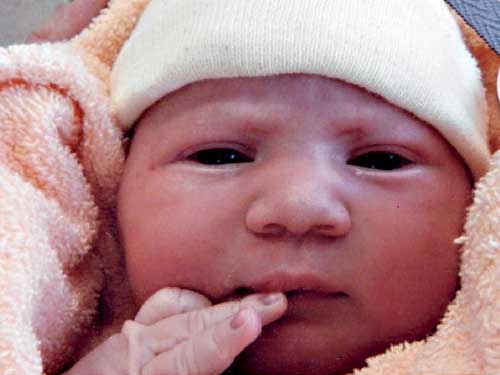Today sees a very exciting time in the evolution of pregnancy screening
Historically , we have seen so many changes in screening for abnormalites in a fetus.
Initially we were testing women who were less than 35 years of age at 15 weeks with a triple screen test . This included AFP: alpha fetoprotein, uE3: unconjugated estriol and hCG: human chorionic gonadotropin. The levels of these proteins would have a normal range based on many variables such as age, weight, ethnicity, smoker,age of fetus. Once these factors were included , a computer calculated result determined whether the serum levels were within a normal range or out of range in which case, were abnormal.
The difficulty was there were a significant number of false positive tests that would place a patient in a dilemma whether to have a definitive test such as amniocentesis.
An additional test for a protein called Inhibin-A was added so that we no longer call it a triple screen. Instead we call it a quad screen as we are testing four and not three protein markers. The four markers indicate whether the baby is at a higher risk for having trisomy 18, open spina bifida or trisomy 21 ( Down syndrome). The fouth test reduced the number of false positives , but the false positive tests still occur
The most recent change was to provide a more concise and accurate screening program for woman 35 years and older who are at increased risk for Down syndrome.The increased accuracy would in turn reduce the chance of false positives and the need for amniocentesis.The newer test includes two blood tests, one between 10-13 weeks and the second at 15 -20 weeks–called Serum Integrated Prenatal Screening or SIPS 1 and 2. The SIPS 2 is the exact test as the Quad but the SIPS 1 test includes one new test , a 5th protein called PAPP-A. SIPS 1&2 are provided in conjunction with an ultrasound test done at 10 weeks which measures the nuchal thickness and is called a Nuchal Translucency ultrasound.
This is also used in women who are at higher risk , such as a) twin pregnancy, b) history of previous child or fetus with Down syndrome, trisomy 18 or 13, c)HIV positive women, and d) women with IVF ( in vitro fertilization) with ICSI (intracytoplasmic sperm injection).
As of March 1 , 2013 an alternative to amniocentesis for positive screen tests for Down syndrome (trisomy 21), trisomy 18 and trisomy 13 is available at Medical Genetics at both BC Women’s or Victoria General Hospital . The test is only available with private payment of $795. It is called the NIPT blood test, ( Non Invasive Prenatal Test). It is a test for cell-free fetal DNA circulating in the maternal blood. It can be performed as early as 10 weeks. It has a detection rate in down syndrome greater than 99% for a false positive rate of less than 0.1%. The advantage is it is of no risk to the mother and the fetus , whereas amniocentesis carries a one in 200 pregnancy loss.
So again , very exciting things are happening , that would result in a major decrease in the percentage of amniocentesis , but the expense to the patient may be somewhat of a deterrent.






